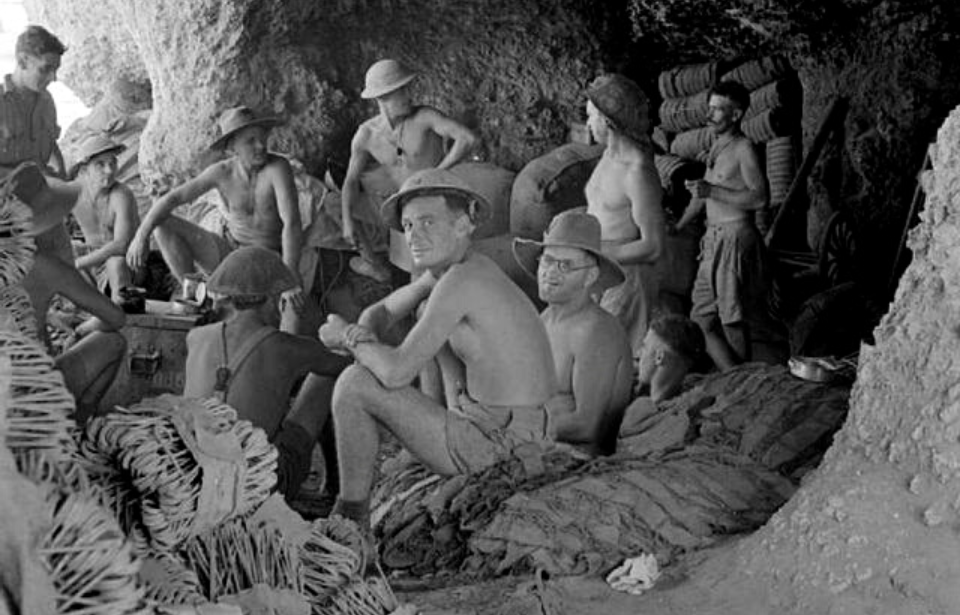At the beginning of the Second World War, Libya was still an Italian colony. As the only deep port in the eastern part of the country, Tobruk became extremely important for resupplying troops. Australian and British forces captured Tobruk from the Italians in January 1941, taking 25,000 prisoners.
That April, Field Marshal Erwin Rommel, leader of the German forces in North Africa, advanced his troops to Tobruk for two reasons: to aid his Italian allies and keep a crucial area to his success in the northern portion of the continent. This advance pushed the Allied troops into a defensive position, as the Axis forces moved to cut off and surround Tobruk.
Surrounded, the Australian-led troops defended against a siege of the city, which lasted roughly 240 days.
Siege of Tobruk
The Allies knew it was imperative they maintain control over Tobruk and its port. By holding the city, they forced the Germans to move their supplies over land, which was a labor intensive and slow process. The closest port for the Axis powers was Tripoli, which meant they were moving their supplies 1,500 km through the desert.
In order to hold Tobruk, the Allies had to deal with frequent attacks, bombings and artillery barrages from the German and Italian forces. These constant attacks forced the men to primarily live out of dugouts and caves, where they had to contend with scorching hot weather, illness, and a decrease in food and water, among other issues.
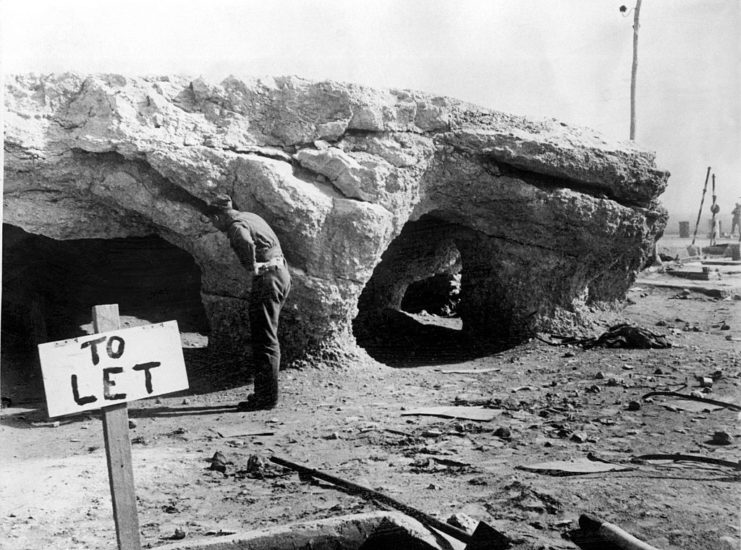
Tobruk had been heavily fortified by the Italians. There was a 50-kilometer long perimeter consisting of ditches and barbed wire at a set radius around the city. The Allies used this existing infrastructure to help with their own defensive measures.
Attack and defend
Although below ground systems were heavily used, the Australian forces by no means hid from Axis attacks. In fact, Lt. Gen. Leslie Morshead, the Australian garrison commander, often took an aggressive approach to defending Tobruk. He sent troops out for raids where possible, having the mentality that “we should make no-man’s land our land,” and had no intention of simply sitting around while the Axis forces attacked.
In response to an article titled Tobruk Can Take It, Morshead reportedly said, “We’re not here to take it, we’re here to give it.”
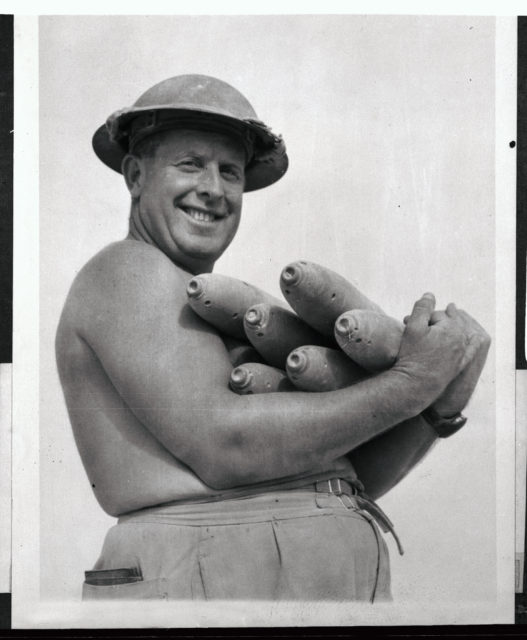
The troops at Tobruk were outnumbered by almost 2:1, and also lacked the airpower the Axis powers had in North Africa. They also didn’t have airfields close enough to provide aerial support during the siege. What they did have, however, was access to the port where they could be resupplied under the cover of darkness.
Reclaiming the nickname – “Rats of Tobruk”
While British and Indian soldiers fought in Tobruk, the Australian forces numbered around 14,000. It was these troops who most readily seized their new nickname, the “Rats of Tobruk,” as part of their wartime legacy. The unusual nickname stemmed from reports that Lord Haw Haw (real name William Joyce), who broadcasted propaganda from Germany to the United Kingdom, described the troops in Tobruk as being caught “like rats in a trap.”
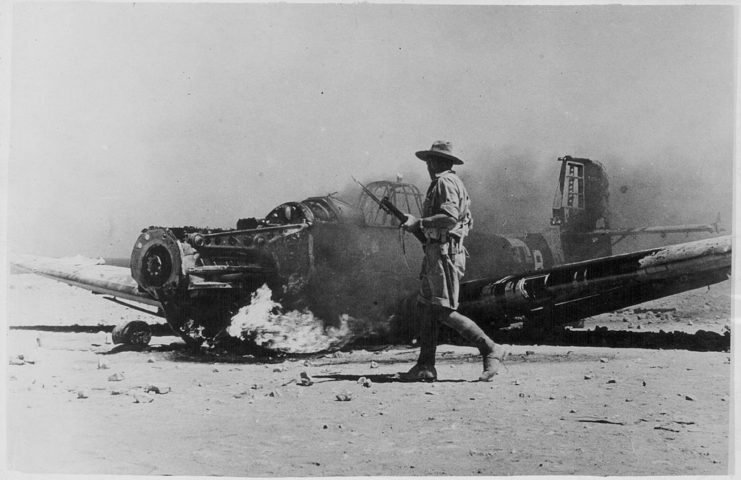
They removed the negative meaning behind his words and reclaimed the phrase when they started referring to themselves as the “Rats of Tobruk.” They even created their own medals, which featured the image of a rat, from melted German bombers that were downed during the siege.
Lt. Gen. Leslie Morshead
Although the “Rats of Tobruk” were dedicated to the defence of Tobruk, it was Lt. Gen. Leslie Morshead who drove the defense of the city. He was ordered to defend it against the German advance for eight weeks, which would allow the Allies enough time to regroup and provide relief.
Instead, he and his Australian forces held it for over five months.
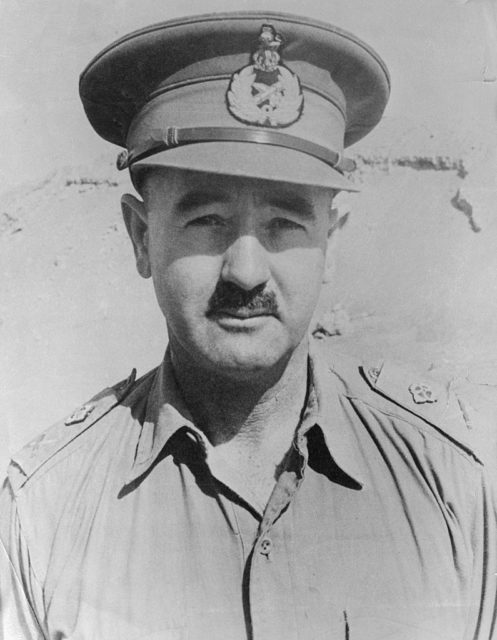
Morshead was given the nickname “Ming the Merciless” by his troops, after the villain in the Flash Gordon comic series, because of his insistence on discipline and high standards among his men. He once famously said, “There will be no Dunkirk here. If we should have to get out, we shall fight our way out. There is to be no surrender and no retreat.”
Morshead was recognized for his contributions to the siege by being awarded the Virtuti Militari by the Polish government in Exile, and was made a Knight Commander of the Order of the British Empire.
Corp. John Edmondson
Morshead was not the only Australian to receive accolades for this role in the siege. Corp. John Edmondson was the first Australian to be awarded the Victoria Cross in the Second World War, which he earned in Tobruk. In April 1941, he was sent on a raid with five privates and his officer, against German troops who’d broken through the defenses surrounding Tobruk. The Germans reportedly had six machine guns, as well as mortars and two field pieces.
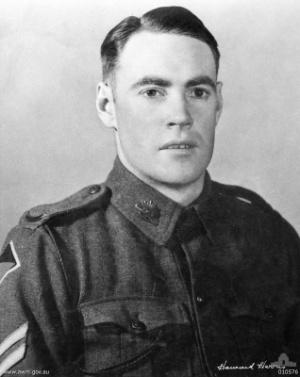
Their party attacked the Germans with bayonets, and Edmondson was severely wounded. Despite his injuries, he came to the aid of his officer, who was being attacked by two soldiers. Edmondson killed them and saved the man’s life. However, he himself died of his injuries not long after. He was buried in the Tobruk War Cemetery, and posthumously awarded the Victoria Cross.
Ending the siege of Tobruk
The Australian forces were relieved in Tobruk at the beginning in August 1941. The majority were replaced by the British 70th Division, with the Polish Carpathian Brigade attached, and Czechoslovakian troops. A portion of the battalion remained until the siege ended a few months later.
A few months later, at the beginning of December 1941, Rommel withdrew his forces from Tobruk, thanks to Allied efforts during Operation Crusader, wherein the 1st Army Tank Brigade joined up with the 32nd Army Tank Brigade. The siege had been a victory for the Allies. Not only did the Australian-led forces hold Tobruk, they were also the first to successfully stop German Panzer units.
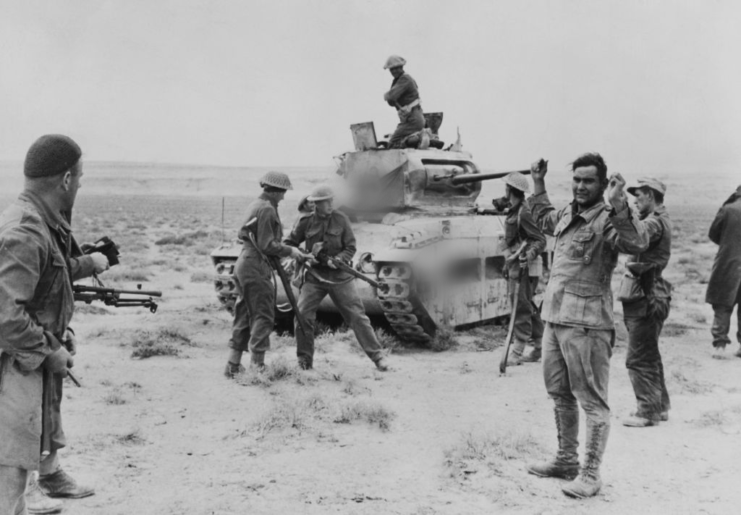
Despite the resounding success of the Australian forces in holding Tobruk, the Axis forces ultimately retook the port in June 1942. However, the British recaptured it a few months later, in November 1942, after the El-Alamein offensive.
The legacy of the Rats of Tobruk
Although Tobruk eventually fell, the Rats of Tobruk and their unwavering defense of the city is a legacy carried into the present. In April 1983, they were honored with a memorial in Canberra, Australia, which is modeled after the one built during the war by Australians at the Tobruk War Cemetery.
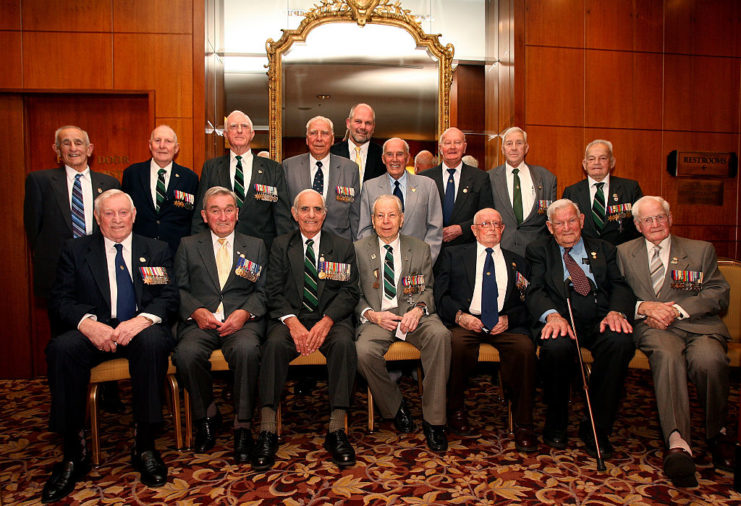
More from us: The World’s First Ever Glideborne Attack Allowed Germany to Take Belgium
The efforts of the Rats of Tobruk have been recognized by many, perhaps most strangely by Rommel, who wrote, “The Australian troops are fighting magnificently and their training is far superior to ours.” He also reported that the Australians fought “with remarkable tenacity. Even their wounded went on defending themselves and stayed in the fight to their last breath.”
